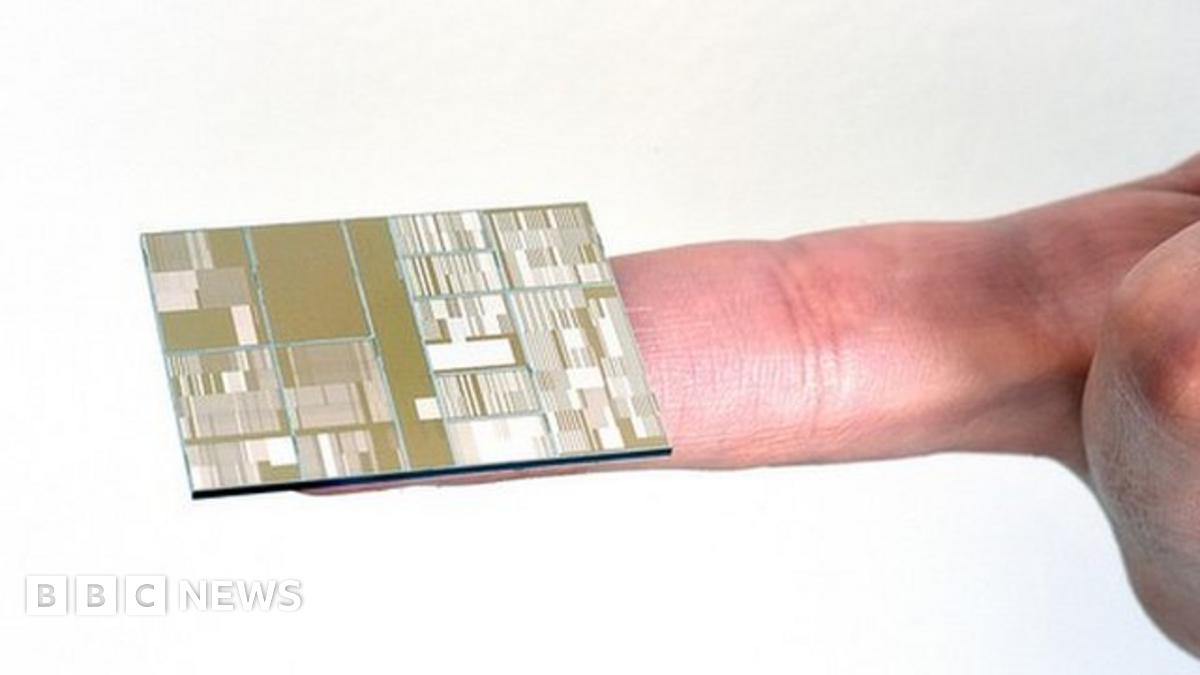The last clear benefit IBM got from the CP + their own tricks was the embedded DRAM up to their last chips at GF.The Samsung/IBM collaboration is 20+ years in the making so it has had many incarnations. True, the Common Platform collaboration was a spectacular failure. IBM and GF also collaborated on a 7nm process that never made it into production and resulted in GF's pivot away from leading edge process technologies.
There was a huge architectural change when they went to Samsung where they invested in a quite unusual large L2 per CPU which was shared coherently, even between all chips in a server, salvaging some of the performance characteristics of their prior chips. If they had not been able to keep a similar profile it would have risked pushing customers to finally migrate to other systems. For both POWER and Zxx machines any such break with backwards compat would have been unacceptable.
It was likely a bitter pill to swallow and the largest direct consequence of GF concluding that 7nm could never work, stranding IBM without a custom process that may have included an eDRAM solution. Or maybe they did not even have an eDRAM solution if the 7nm process had gone to production. Only the insiders know what happened. All we can do is read the evidence in the architectural upheaval of the Samsung generation of IBM super-CPUs. That was a big lift.
The remaining university collaboration for IBM is probably a balance based on reputation (convincing the legacy customers than IBM continues to invest in their needs) and licensing revenues. As IMEC shows, a good R&D org can be profitable, although IBM/SUNY is not nearly as collegial (hosting so much of the industry to second personnel and sponsor specific research) as IMEC. Perhaps that should be their future.


